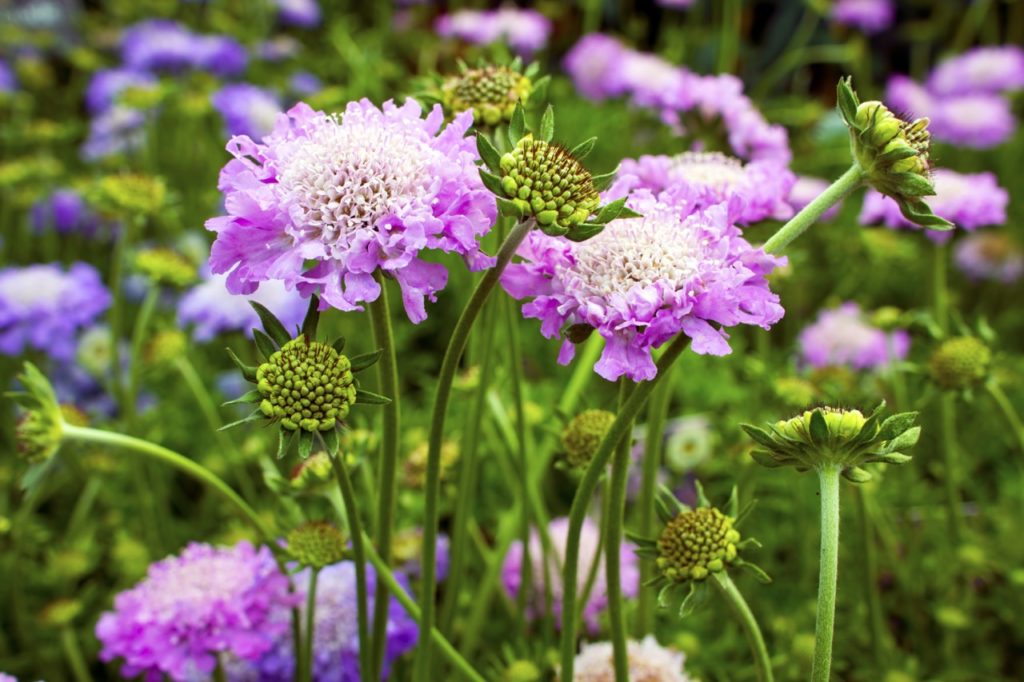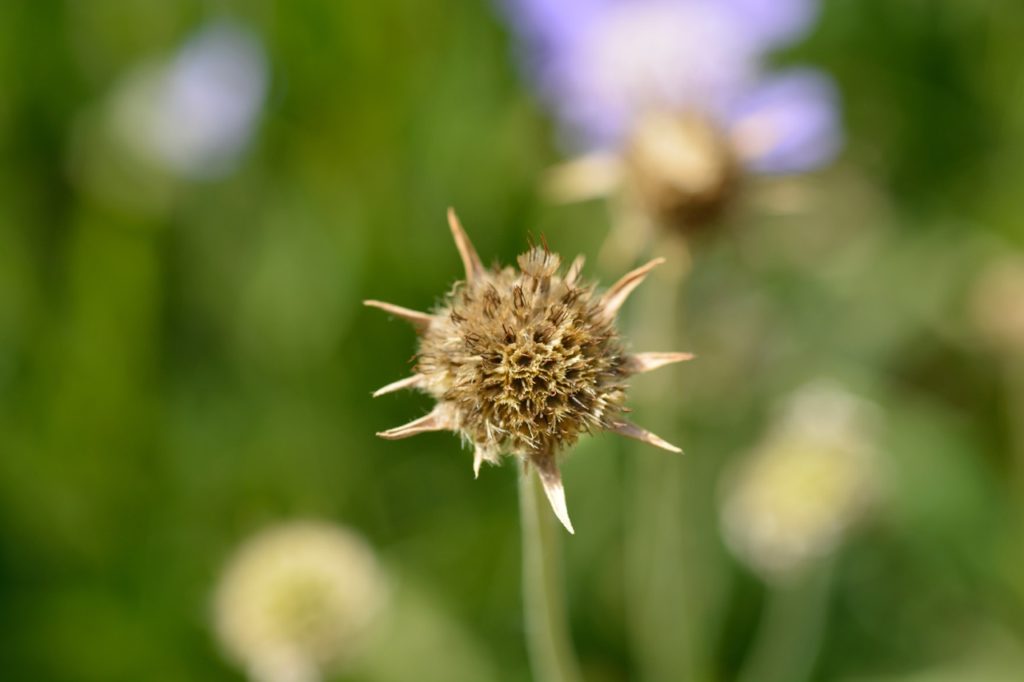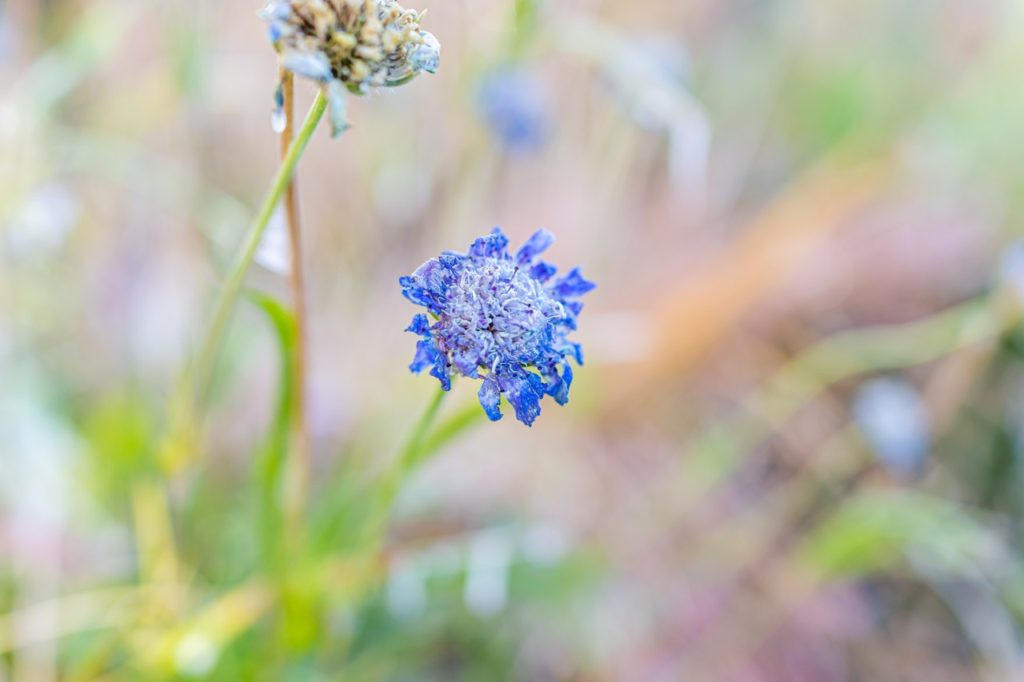Don’t Deadhead Scabiosa If You Plan To Collect The Seeds Or Allow Self-Seeding

PERENNIALS > SCABIOSA > DEADHEADING

Elizabeth is a Permaculture Garden Designer, Sustainability Consultant and Professional Writer, working as an advocate for positive change. She graduated from the University of St. Andrews with an MA in English and Philosophy and obtained a Diploma in Applied Permaculture Design from the Permaculture Association.
Reviewed By COLIN SKELLY

Colin is a Horticulturist and Horticultural Consultant with experience in a range of practical and managerial roles across heritage, commercial and public horticulture. He holds the Royal Horticultural Society’s Master of Horticulture award and has a particular interest in horticultural ecology and naturalistic planting for habitat and climate resilience.
SCABIOSA GUIDES
Deadheading
Growing From Seed
Varieties
Scabiosa is a genus which includes a number of flowering plant species perfect for attracting bees and butterflies to your garden.
There are annual, biennial and perennial types, all of which are wonderful choices for a wildlife-friendly garden.
These plants can work well in a range of different settings, whether that’s in more artfully arranged beds or borders, or in wilder and more natural schemes.
One decision that you will have to make if you plan on growing some kind of scabiosa in your garden is whether or not you will deadhead your plants.
Should You Deadhead Scabiosa?
Whether or not you choose to deadhead Scabiosa flowers will depend on whether or not you plan to collect the seeds or allow self-seeding.
It may also depend on practicalities and on which variety or varieties you are growing, and where.
Scabiosa varieties are often chosen for a low-maintenance wildlife-friendly garden scheme.
In such gardens, deadheading may not be high on the priority list.

You may prefer to simply leave your pincushion flowers to bloom and set seed naturally within a low-maintenance garden area or wildflower meadow.
Working in harmony with nature in this way by letting nature take the reins is a good choice for those with less time on their hands.
Scabious can also be grown in beds or borders in, for example, a cottage garden style scheme, where aesthetics and order are likely to be a little more important.
If you are growing scabiosa in such a setting, then deadheading can give you beautiful blooms for longer and keep your garden looking good.
“If a large flowered Scabiosa was next to a path or in a pot, I would deadhead it,” shares Master Horticulturist Colin Skelly.
“This would enhance its appearance whilst I would also not want the plant to self-seed in this context.
“On the other hand, if grown in a naturalistic or meadow context, the seed heads and self-sowing would be central to the aesthetic and function of the plants.”
Collecting Pincushion Seeds
If you do wish to collect the seeds or want to allow for the possibility of self-seeding, then do not deadhead too zealously, as if you remove all the spent flowers, the plants will not have the opportunity to go to seed.

However, if you do not desire seeds, deadheading scabiosa can be a good idea.
Removing the flowers once they have faded will focus the plants’ energy on further bloom production and extend the flowering period.
How To Deadhead Scabiosa
If you do decide to deadhead some scabiosa in a bed or border to prolong the blooming period and prevent the plants from going to seed, then this is a very simple process.
All you need to do is take a clean, sharp pair of secateurs and snip off the flowering stems once the flowers have finished.

The stems can then be cut down in autumn or left in situ for wildlife until spring.
Deadheading really is not essential for these plants, so whether or not you choose to do so is entirely up to you.
